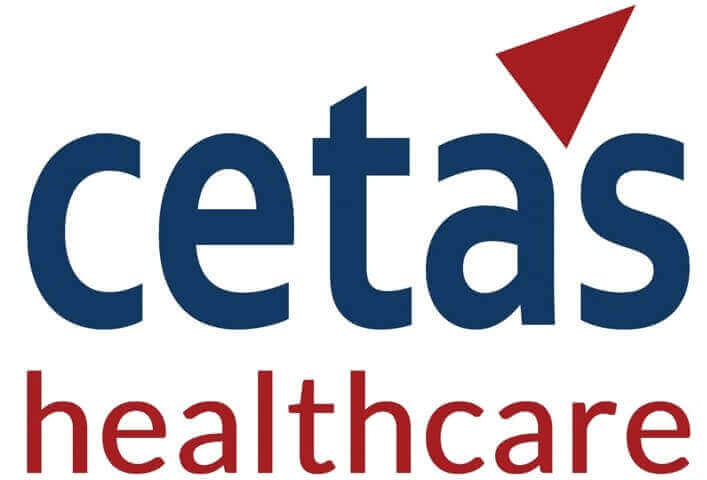X
In a crowded MedTech marketplace, how do you stand out? While each brand is contesting for the attention and trust of customers, including healthcare providers, patients, and purchasing decision-makers – how do you communicate the unique value your product offers compared to others?
Perceived Value Map is an incredibly valuable pricing analytics tool that helps you understand how customers perceive the value of different products in your industry. It’s like a map that plots various products based on two key factors:
1. Customer’s Perceived Value: This represents what customers believe they will gain from using a product. For example, in the MedTech industry, these benefits could include response time, energy efficiency, real-time feedback mechanisms, reliability, safety, and any additional features or services offered.
2. Market Price: This is the cost associated with the product. In the MedTech industry, it could be the upfront purchase price of a medical device, along with any ongoing costs such as maintenance, training, or consumables.
As a product manager, your goal is to understand where your product stands on this map compared to competitors. Are you offering superior benefits at a competitive price? Or do you need to adjust your strategy to improve your perceived value?
1. Benefit Identification & Weighting: Through surveys and interviews, pinpoint product features/attributes that healthcare professionals and decision-makers value the most. We can also use the customer feedback to assign importance levels to each feature/attribute, reflecting their significance to your target specialty.
2. Product Rating: Evaluate each competitor brand’s products against these benefits on a scale, determining its perceived value.
3. Analytics: Identify the competitive differentiators and improvement opportunities for your brand concerning the competition by plotting customer attribute importance versus brand performance. From this analysis, determine the areas where your brand excels or needs improvement compared to competitors. Subsequently, calculate the overall competitive strength scores for all brands, including price considerations.
4. Visualization: Create a map by plotting the overall competitive strength scores, derived from the analysis above, against the perceived price of each product. This visual representation will clearly illustrate how your offerings, as well as those of key competitors, are positioned from the perspective of your customers.Please see below for a sample visualization of the PV map.
Ideally and eventually, any MedTech company would want to be positioned in the middle of the Price Corridor (the two parallel green lines) – which means that the customers perceive your product to offer commensurate value/features for the price you want to charge. This will allow you to maximize your revenue and/or profit opportunity.
Oftentimes, companies find themselves outside this price value corridor – by choice or by accident. In such instances, PV maps reveal your current market position in terms of product value and pricing. Based on this, you can then make informed decisions to either adjust your pricing strategy or adapt your product management approach to improve your market standing – as explained in the example below:
We worked with a leading general imaging manufacturer and utilized Perceived Value Mapping (PVM) to optimize their pricing strategy. The objective of the PVM exercise was to identify the key features and attributes that are most valuable to decision-makers. With this insight, the client’s goal is to refine their product offerings, ensuring they align closely with their needs and expectations.
For more detailed information, you can visit the Cetas Healthcare.
Perceived Value Mapping is not just a tool but a strategic compass that guides MedTech companies through the intricacies of market positioning, competitive analysis, and customer-centric product development. By vividly illustrating how products and services are perceived vis-à-vis their prices, PVM enables informed decision-making that can lead to optimized pricing strategies, impactful marketing campaigns, and ultimately, heightened customer satisfaction and loyalty.
For a free consultation, Contact our team today!


We provide the best insights for your business
